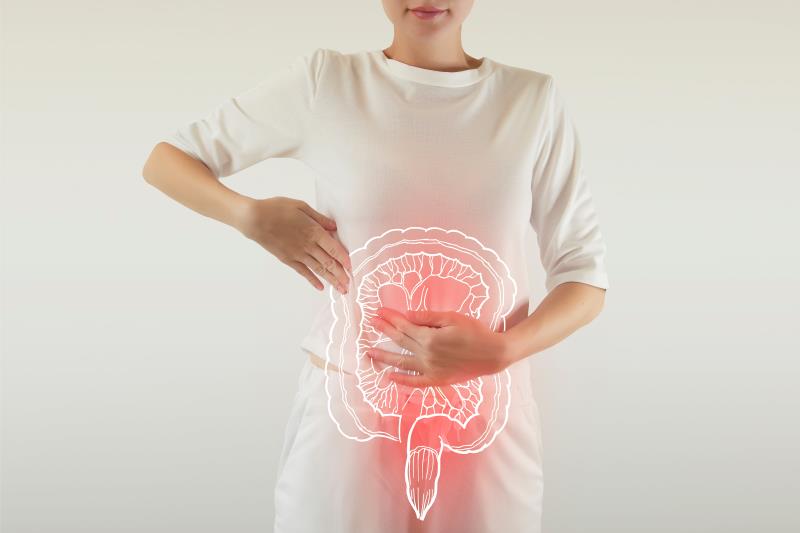
Etrasimod may be a potential treatment for moderately-to-severely active ulcerative colitis, though further examinations are needed, a recent study has found.
Researchers randomly assigned 156 patients to receive either etrasimod 1 mg (n=52; mean age, 43.2±12.22 years; 57.7 percent male) or 2 mg (n=50; mean age, 40.4±12.39 years; 54.0 percent male) or placebo (n=54; mean age, 44.8±14.85 years; 59.3 percent male) for 12 weeks. The primary study endpoint was an increase in the improvement of modified Mayo Clinic scores (MCS) from baseline. Only patients with moderate-to-severe disease were eligible.
At week 12, the etrasimod 1-mg, 2-mg and placebo groups had showed least mean squares (LSM) improvements in modified MCS scores of 1.94±0.31, 2.49±0.31 and 1.50±0.30, respectively. Only the higher etrasimod dose resulted in a significant difference relative to placebo (p=0.009). This was robust to sensitivity analyses.
Moreover, a significantly larger percentage of patients taking 2-mg etrasimod achieved endoscopic improvement relative to placebo (41.8 percent vs 17.8 percent; p=0.003). The effect of the lower dose again failed to achieve significance (difference vs placebo, 4.1 percent; p=0.31).
The total MCS score was also improved to a significantly greater degree in the 2-mg etrasimod vs placebo (LSM difference, 1.27, 90 percent confidence interval, 0.37–2.17; p=0.01). No such effect was observed for the 1-mg dose (LSM difference, 0.60; p=0.13).
“The current study has some limitations. First, this induction study was only 12 weeks in duration, and the safety and efficacy during longer-term maintenance therapy remain to be elucidated. Second, a larger sample size is needed to fully determine the safety profile of etrasimod,” the researchers said.
“The safety and efficacy of etrasimod should be further characterized in phase III clinical studies,” they added.